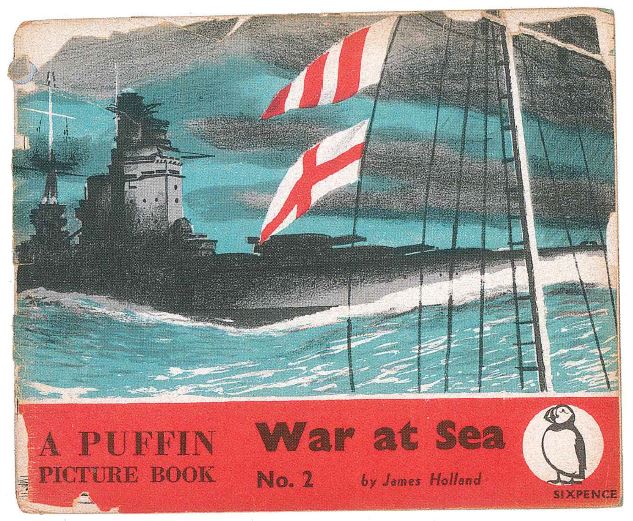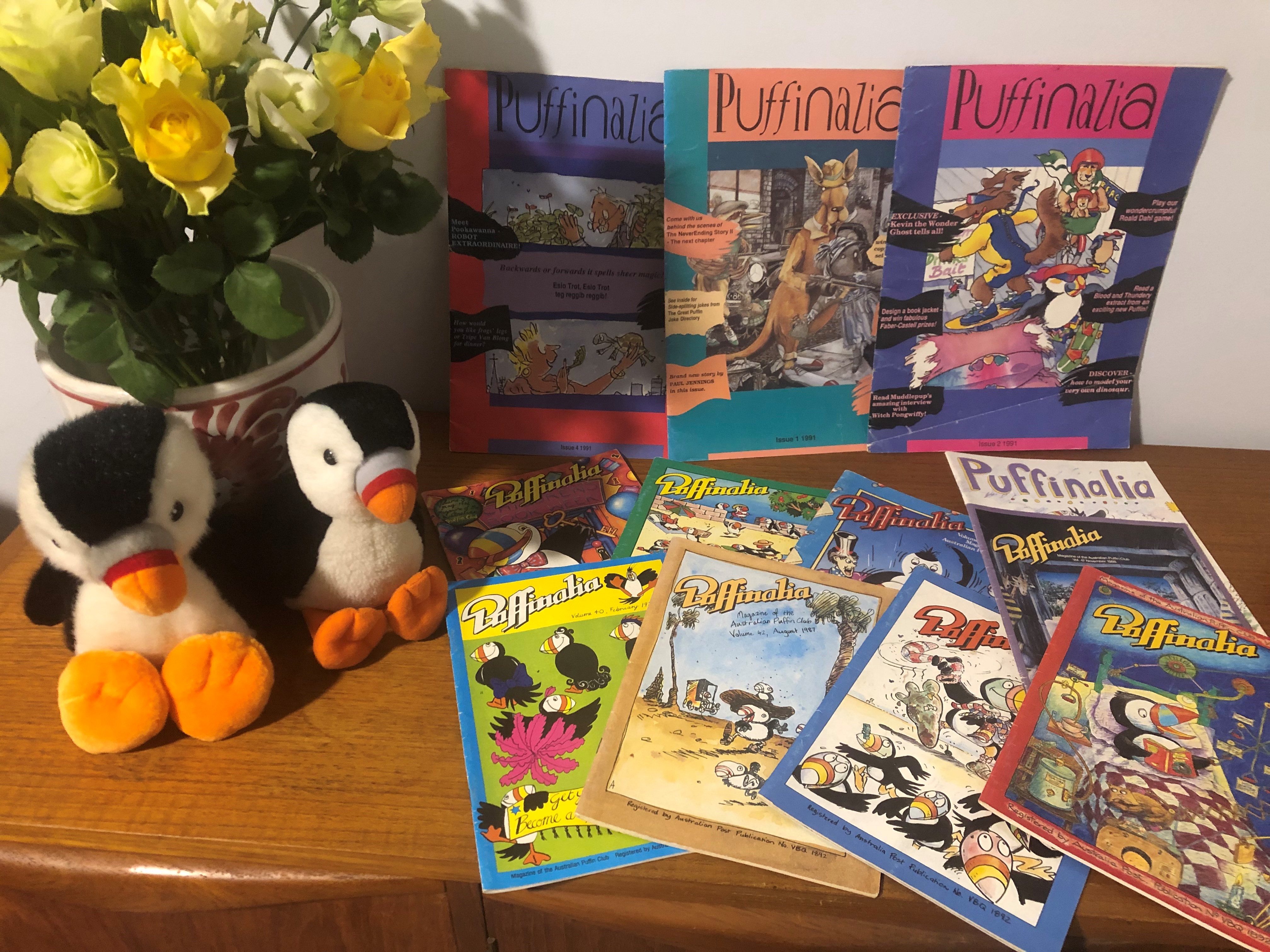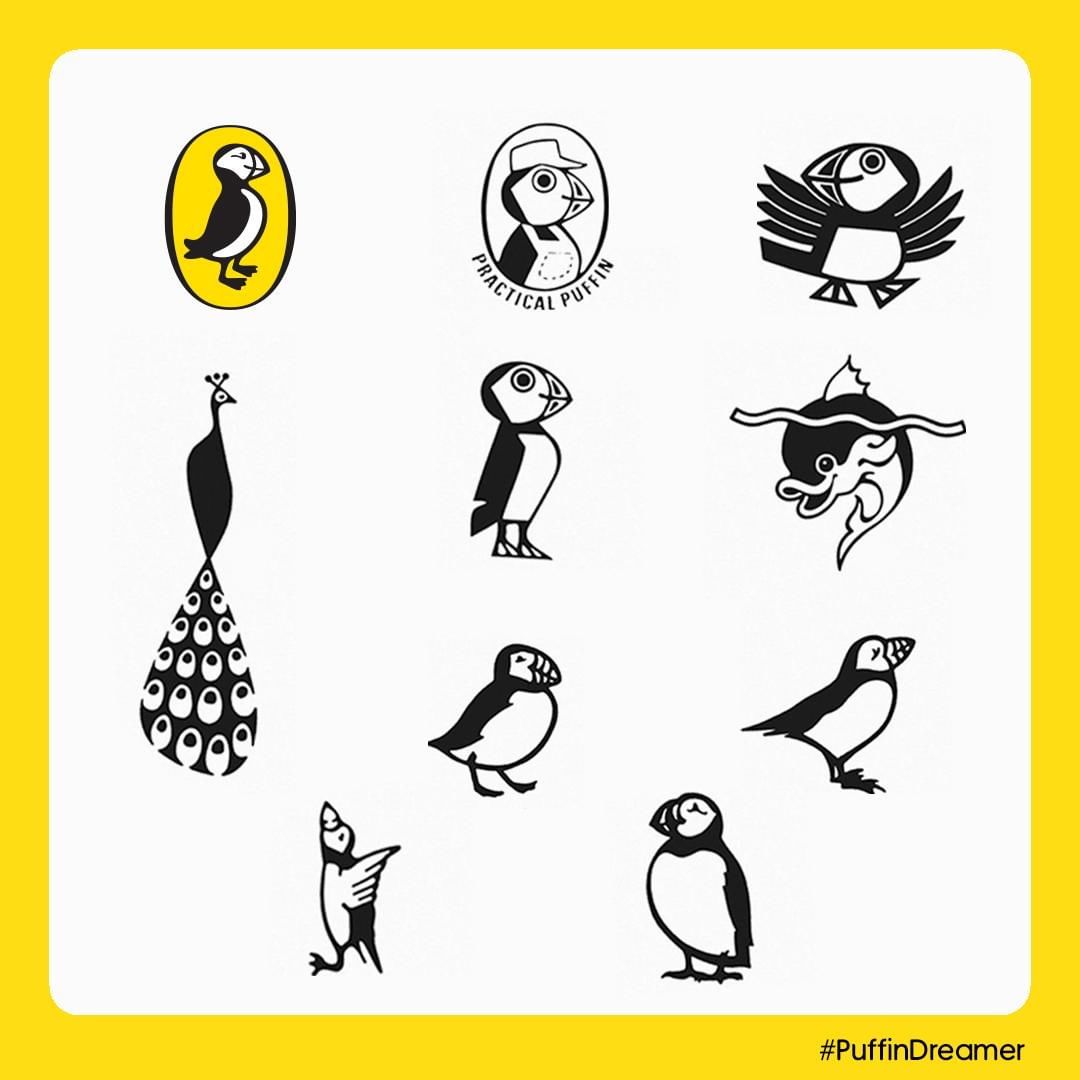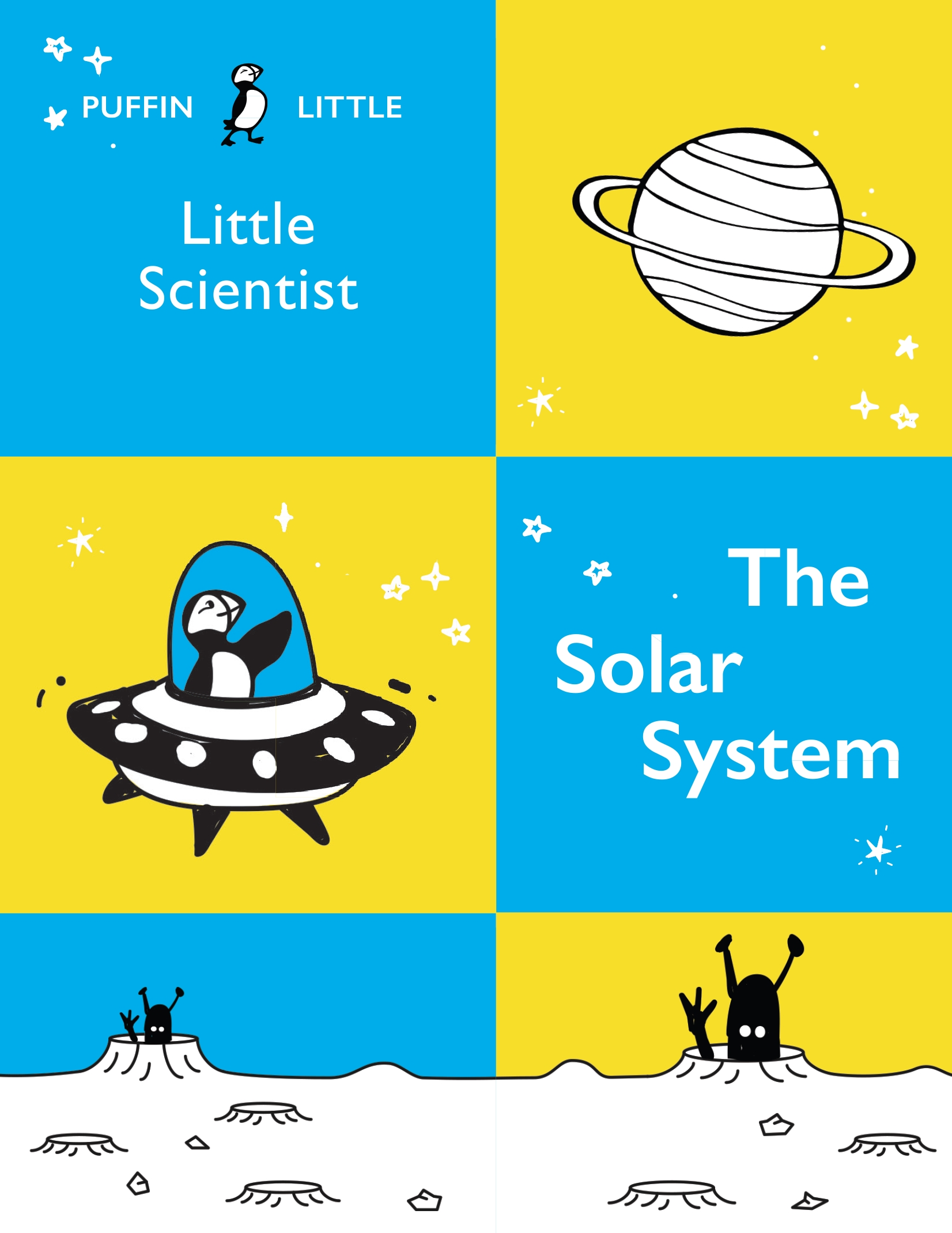Issue 114
Term 3 2020
Celebrating 80 years of Puffin
Dot Tonkin celebrates the history and anniversary of Puffin Books, the longstanding children's imprint of publisher Penguin Books.

One of the first Puffin books printed was War at sea, to help children understand World War II.
At the start of World War II, as British children faced mass evacuations on an unprecedented scale, Allen Lane, the founder of Penguin, said, ‘The worst has happened, but evacuated children are going to need books more than ever. Let us get out half a dozen as soon as we can.’ And so one of the world’s most beloved children’s publishing imprints was born.
As I write this article, some 80 years later, children are facing upheaval of a different sort — from a virus. In this trying period, one small upside has been a resurgence in reading, and the increased sales of children’s books seems to be telling us that now, as then, children need books more than ever.
Lane’s first instinct was to produce non-fiction books explaining the war. He also realised that with so many city children in the country for the first time, there would be a renewed interest in the natural world.
From submarines to scarecrows
With titles like War at sea, Great deeds of the War, and A book of insects, the books may have been a little dry by today’s standards, but they were breakthroughs in their time, not least because the masses could afford them, a feat achieved without sacrificing quality.
The same ethos applied to the new fiction list, which began in 1941 with Worzel Gummidge and soon produced favourites like Charlotte’s web and The lion, the witch and the wardrobe. The fact that these books are now classics is testament to the publishing team’s extraordinary vision.
The next few decades produced some of the most popular books in the world, including Where’s Spot? and The very hungry caterpillar, which have just celebrated their 40th and 50th birthdays respectively.
An Australian story
Who remembers The Bunyip of Berkeley’s Creek or John Brown, Rose and the Midnight Cat? Both were published in Australia, after a dedicated publishing team was set up with the mission to share Australian stories, build Australian identity and provide quality literature for children.
Soon the list was brimming with bestsellers, with authors like Paul Jennings, Morris Gleitzman, Felice Arena, and Graeme Base proving that there was a huge appetite for books that Aussie kids could relate to.
The Puffin Club
To create a reading culture, the Puffin Club was launched. Australian members were sent Puffin badges and Puffinalia, a magazine that included stories from young readers. Nearly half a century later, many of those magazines are treasured keepsakes, with a few teacher librarians recently saying that they’d kept all of their copies! I love thinking that perhaps that little magazine, which helped launch so many authors, also nurtured some of today’s educators and nudged them towards a career in literature.

Original editions of Puffinalia magazine: courtesy of Margot Lindgren, passionate teacher librarian.
While most children wouldn’t have a clue who publishes a book, many adults ‘look for the Puffin’ when choosing children’s books. It can be a fun exercise to ask students to choose their favourite Puffin book, and it’s even more enjoyable if the adults present their favourite Puffins from when they were kids.

Puffin logos over the last 80 years: The Porpoise and Peacock imprints were phased out, whilst our little puffin morphed from that on the bottom right hand corner to the current one, shown top left.

Little Scientist: The Solar System – The newly released Puffin Little non-fiction series is in honour of those original non-fiction Puffins published 80 years ago.
The increased sales of children’s books seems to be telling us that ... children need books more than ever.
A little bird
Over the years, the little bird has had some changes, but is still one of the most recognisable, respected and beloved brands in publishing. Nowadays, every Puffin book has the puffin in the logo facing the right – I like to think it’s looking forward, perhaps wondering what the next 80 years will bring! Puffin in Australia has had something of a renaissance of late. Last year, it was decided to bring all Penguin Random House books for children under 12 years of age under the Puffin umbrella, so titles by authors such as Jacqueline Harvey and R.A. Spratt now proudly carry puffins.
Future Puffins
The publishing program for 2020, the 80th anniversary, is outstanding. There are diverse voices, Indigenous creators, debut writers, and firm favourites on the list. Highlights include the Aussie Kids series, the Bluey books (the bestselling books of the year so far) and the What Zola did series by Melina Marchetta. Written for 6–8 year-olds, this is Melina’s first foray into younger children’s books, her name of course being made with the coming-of-age novel, Looking for Alibrandi.
‘We are so thrilled with how these Puffin books are being received,’ says Laura Harris, the Publishing Director for Young Readers at Penguin Random House. ‘I am especially excited about the What Zola did series by Melina.
We have been friends for a very long time, and I’ve worked with her on all her books except for her first one, and when we initially talked about a series for this age group, Melina was a little hesitant. But then it just flowed out of her and the series is better than we could have imagined. As Melina herself says, it’s so important that kids see their own stories reflected in literature, and this is what this series does.’
Finally, in a nod to the original Puffin books published, 2020 sees the launch of the Puffin Little non-fiction series, which includes subjects of interest to modern-day kids. The first three titles are Little scientist: The solar system, Little environmentalist: Composting and Little cook: Snacks. Just like the first books published in 1940, we hope these books will inspire more kids to read and explore our world.
If you have any fond Puffin memories, do please share them by emailing [email protected].
Image credits
Penguin Random House Australia.